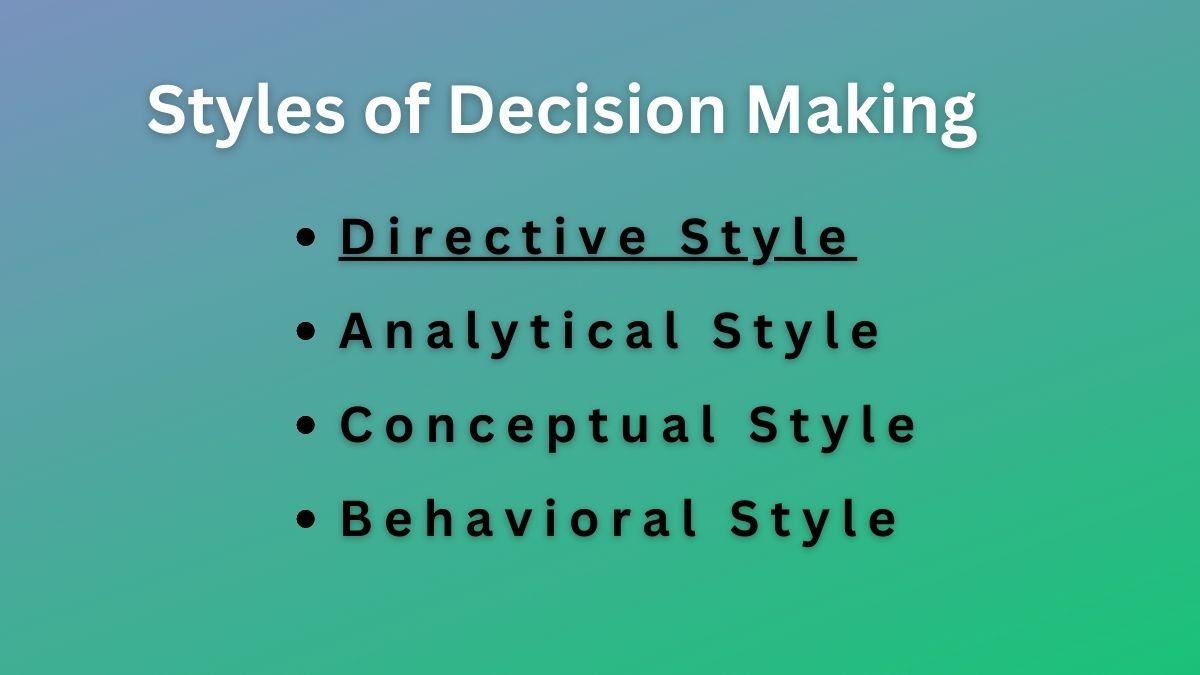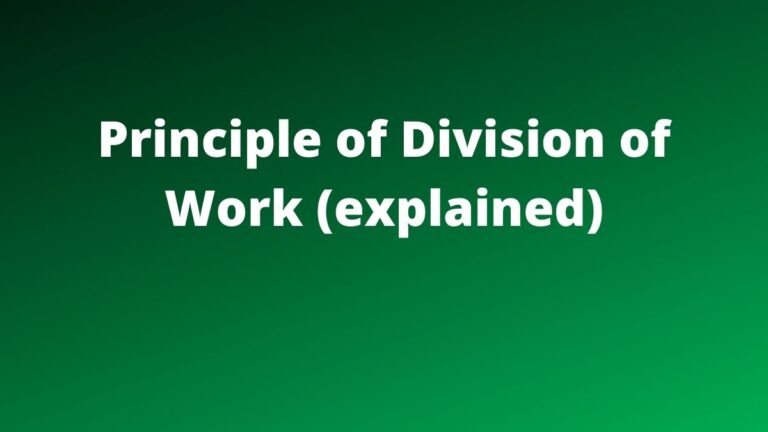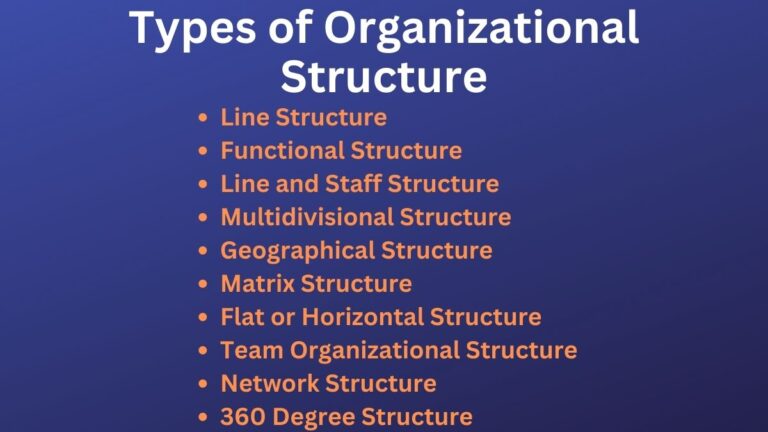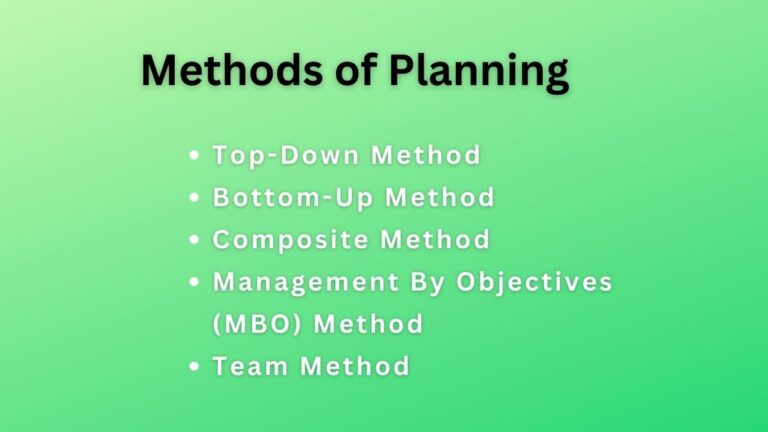4 Styles of Decision-Making in Management [Explained]
What are Decision Making Styles?
Decision-making styles are ways managers assume while making decisions. Managers employ different styles of decisions considering their skills, interests, knowledge, and attitudes.
Some managers are rational and logical while others are creative and intuitive. While some have a low tolerance for ambiguity and others have a high. Thus, on the basis of their way of thinking and tolerance for ambiguity, managers choose a decision-making style.
Generally, decision-making styles in management (workplace) are of four types. Let’s discuss them.
4 Styles of Decision Making
Directive Style
In the directive style of decision-making, the decision-maker makes clear-cut, short, and decisive decisions. One who adopts the directive style has a low tolerance for ambiguity.
Managers adopting this style have a quality rational way of thinking. They are efficient and logical, make fast decisions, and focus on the short term. They use minimum information and assess only a few alternatives.
Directive managers make decisions based on their knowledge, skills, and experience they usually do not ask others for information. They do not come to a decision unless they are not sure about the positive outcomes of the choice they will make.
Since they are practical and logical their decisions have almost 100 percent surety of accomplishing the desired results. Being directive, each member of the organization is clearly communicated about their responsibilities and what & how they should do. And, when effectively implemented such decisions there is the certainty of achieving higher productivity.
Related: Autocratic Leadership
As directive decision corresponds with certainty condition of decision making, this decision-making style is suitable when the situation is stable, has repeating patterns, and consistent events, and is correctively forecastable.
Analytical Style
Managers who follow an analytical decision-making style have a greater tolerance for ambiguity are careful and can successively adapt to changing situations.
The analytical decision-makers come to a decision only after carefully analyzing the alternatives. They invest more time in collecting data, information, and relevant past records. They try to make as many as possible alternatives for specific problems or desired goals.
Once, analytical decision-makers develop sufficient alternatives they step in to analyze or assess every one of them based on the criteria outlined. And, they come to a decision that gives the best solution to the given situation.
An analytical decision-making style is useful when there are many alternatives to solve a problem or to achieve the desired organizational goals. However, this style is time-consuming.
Conceptual Style
Managers with conceptual decision-making styles tend to be very broad in their outlooks and look at many alternatives. They can tolerate ambiguity and use an intuitive way of thinking.
In more simple words, conceptual decision-makers are good at making long-term decisions. They are big-picture thinkers. Compared to the directive and analytical decision-makers conceptual ones have a high degree of tolerating ambiguity.
They are high-risk takers, focus on the long term, and are very good at finding creative solutions to problems. They look into the future and analyze what would happen if the decision were made.
Conceptual decision-makers are socially oriented, they favor group thinking and brainstorming ideas. They make decisions after carefully visualizing the alternatives for future success or failure situations.
They tend to challenge the status quo of the company and are out-of-the-box thinkers. They are very good at making effective long-term decisions.
Behavioral Style
The behavioral style of decision-making is more focused on relationships than tasks. Managers with behavioral styles work well in groups or teams. It generally relies on people’s feelings and behavior while making decisions.
Usually, behavioral managers make decisions with employee teams and for employee teams because they value the feelings and emotions of every member and want to maintain the relationships.
Behavioral decision-makers follow the participative management approach, they are concerned about their subordinates. Such managers have a low tolerance for ambiguity and an intuitive way of thinking.
They use meetings to communicate information and avoid conflicts. They want to be accepted by others. They are more flexible in their decisions depending upon the situation.
Here, managers do not make decisions alone, they come to a decision with team consensus. These choices are frequently focused on how they will affect the relationships as well.
The Conclusion Tip…
To make effective decisions, managers must understand the real situation of decision-making conditions. They should use a certain level of information whether their way of thinking is rational or intuitive.
Read Next: Decision-Making Approaches
Sajan Kushmi is a content writer with more than 4 years of experience. He holds BIM Degree. He write on the topics related to Management, Marketing, and Entrepreneurship.






